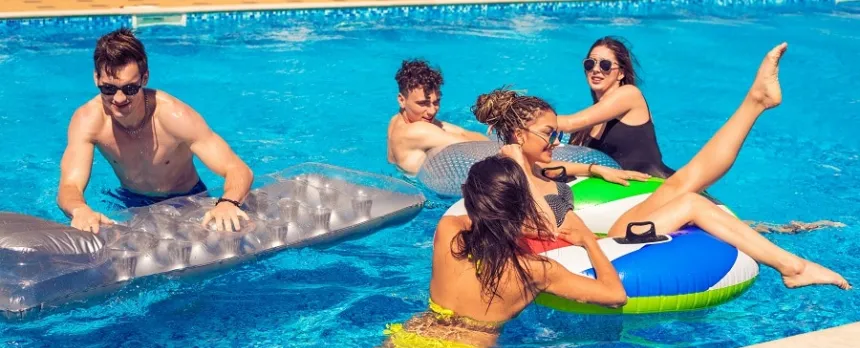Injury Prevention Center
Where You Can Find Us
UMass Memorial Medical Center - University Campus
55 Lake Avenue North,
Worcester, MA 01655
855-UMASS-MD
UMass Memorial Medical Center - University Campus


